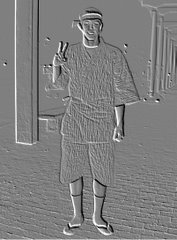Digital Field Experiences
Phillion discusses in this article the implementation of a distance field experience project implemented online in order to provide primarily white pre-service teachers in rural, fairly isolated areas with opportunities to interact with diverse groups of students that are not well represented in the general vicinity of the teaching college. The participants use video conferencing and communicated frequently with the supervising in-service teachers to plan activities and prepare materials for students. Field experiences have been documented as the best way to prepare future teachers for the complexity and diversity of the classrooms in which they are likely to teach in our ever more diversifying society. Through this program, which is linked together through an online service called Polycom, preservice teachers observe the classroom, interact with students, and utilize the available technology to create engaging and enriching lessons.
Phillion, J. (2005). Providing Field Experiences with Diverse Populations for Preservice Teachers: Using Technology to Bridge Distances and Cultures. Multicultural Perspectives, 7(3), 3–9.


